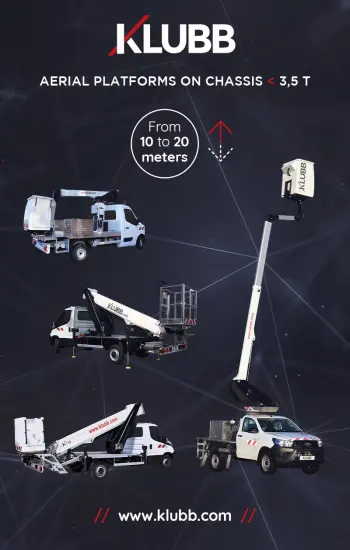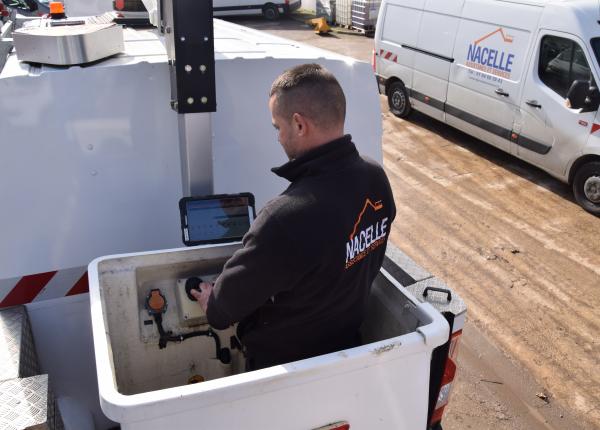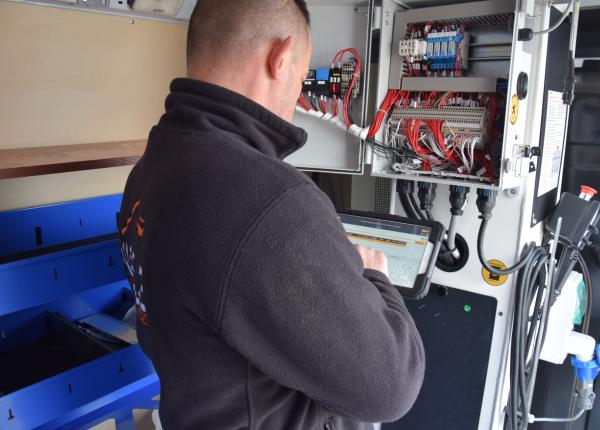
The articulated aerial platform is a tool specifically designed and engineered for working at heights in constrained environments, thanks to its flexibility and manoeuvrability. This is why it is particularly favoured by professionals in industry, construction, and logistics.
Flexibility and Manoeuvrability
With its segmented arm, the articulated aerial platform can bend and navigate around obstacles, unlike the telescopic aerial platform which extends linearly. This flexibility enables access to challenging areas, even in confined spaces, without requiring extensive ground clearance.
Multidirectional Access and Enhanced Safety
Articulated aerial platforms provide multidirectional access, facilitating the performance of complex tasks at height, particularly in environments with structural obstacles. Furthermore, their stable design ensures optimal safety for the operator, even during intricate manoeuvres.
Risk Reduction in Confined Spaces
In confined spaces, articulated aerial platforms reduce the risk of collision due to their manoeuvrability. They also facilitate access to emergency exits in case of an emergency, allowing for safe operations even when visibility is limited.
Comparison with Telescopic Platform
While telescopic platforms are effective in open spaces, they are less flexible in confined environments. They require more space to deploy and offer less stability when fully extended. In contrast, articulated platforms, with their compact and segmented design, are better suited to complex environments.
Articulated platforms combine flexibility, manoeuvrability, and safety, making them perfectly suited for working at heights in confined spaces. Compared to telescopic platforms, they are more practical, safer, and better adapted to spatial constraints.




